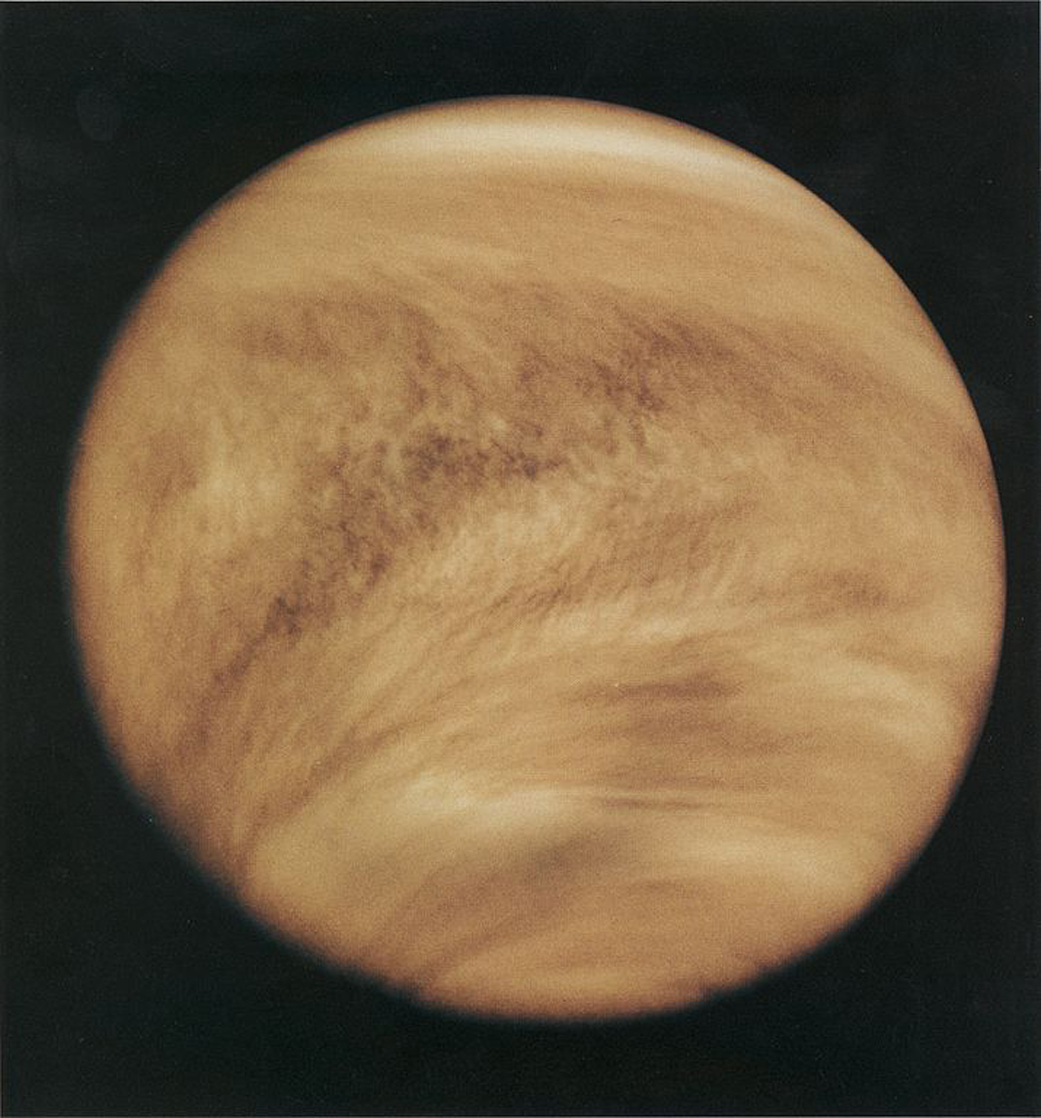
Even though Venus is Earth’s closest planetary neighbor, it is still one of the most mysterious. Numerous landers and orbiters have visited this extremely hostile world, but there are still many unanswered questions to be resolved. Now, NASA is proposing a new mission using a small CubeSat, called CubeSat UV Experiment (CUVE), to further study Venus’ atmosphere and hopefully solve at least one of the more perplexing mysteries.
The mission concept has now received funding from the agency’s Planetary Science Deep Space SmallSat Studies (PSDS3).
Something in the atmosphere of Venus is absorbing ultraviolet light and scientists still don’t know what it is. When seen in visible light, Venus looks rather bland and featureless, with the thick, perpetual cloud layers obscuring the view of the surface. But when viewed in ultraviolet light, unusual dark bands become clearly visible in the atmosphere. This indicates that something in the clouds is absorbing ultraviolet light. But what is it?
“The exact nature of the cloud top absorber has not been established,” said CUVE Principal Investigator Valeria Cottini, a researcher at the University of Maryland. “This is one of the unanswered questions and it’s an important one.”
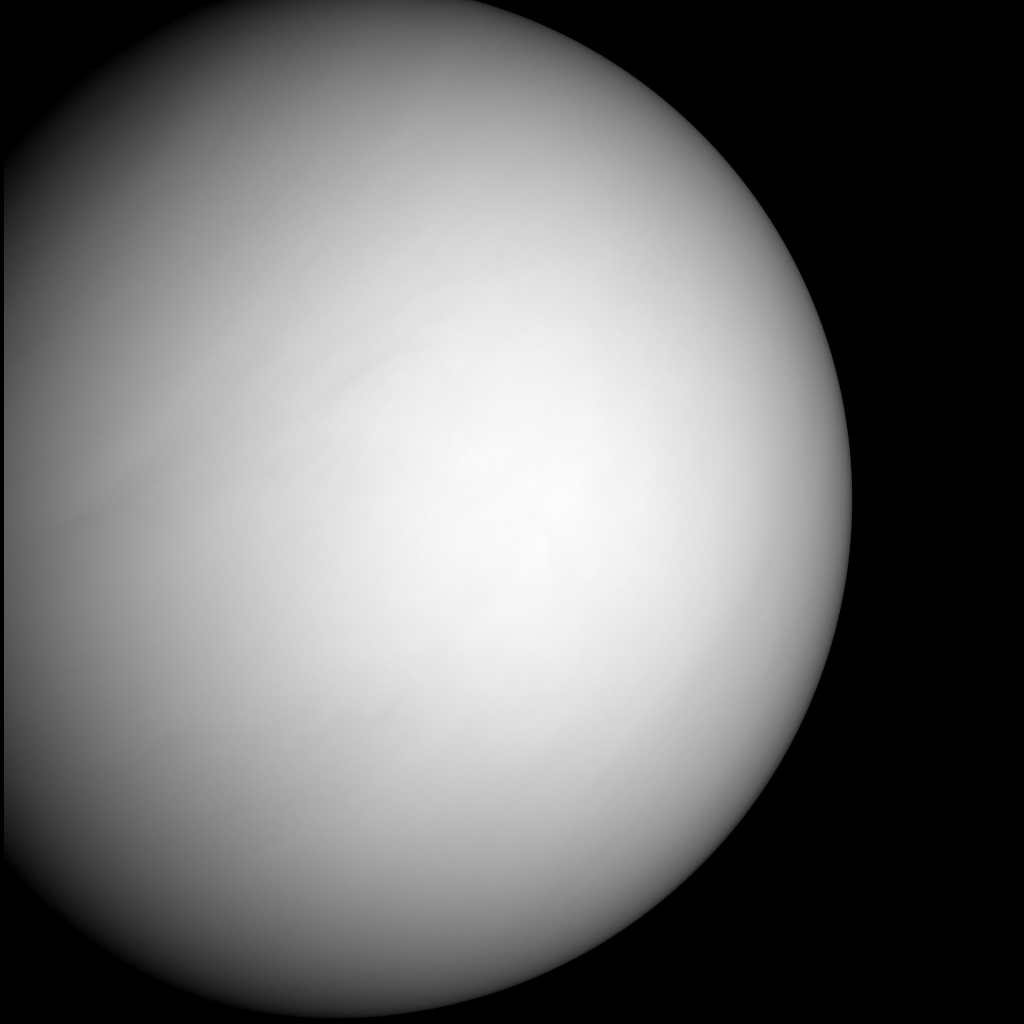
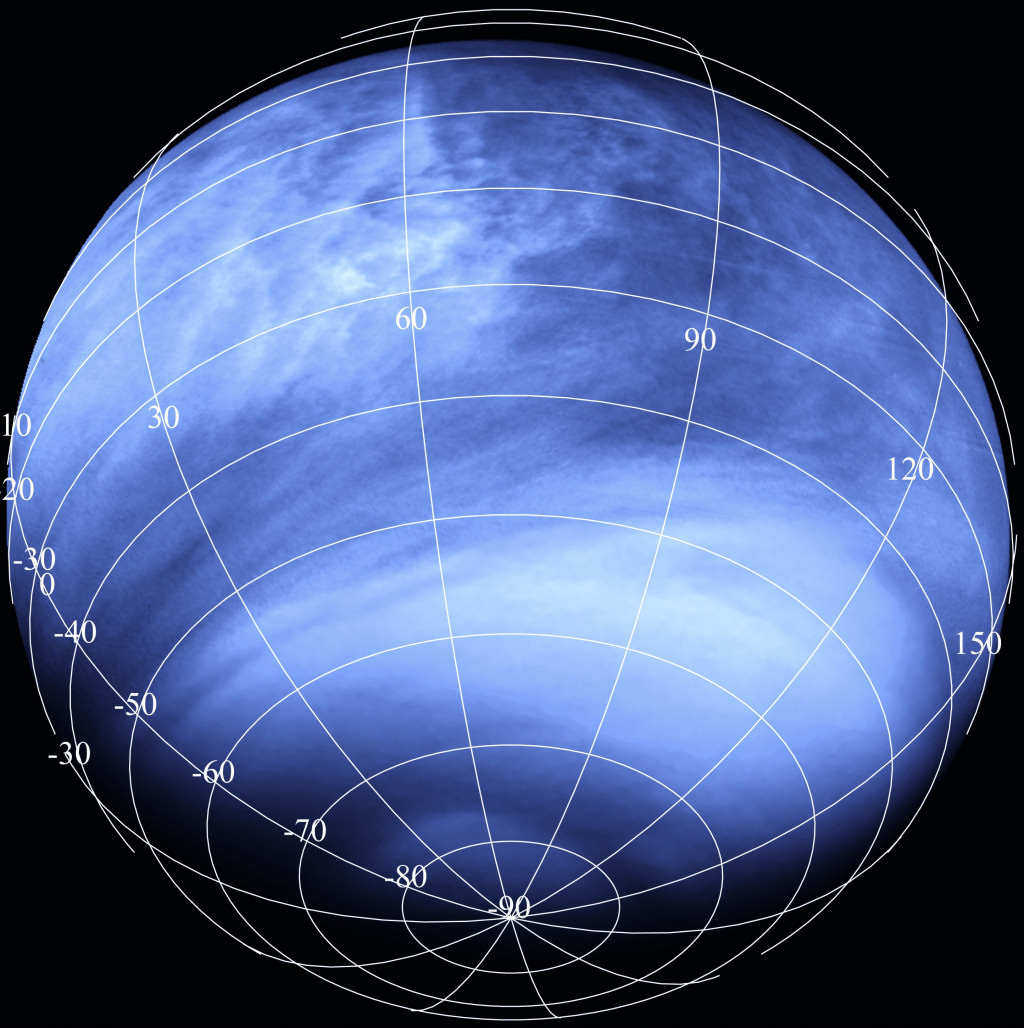
The absorber is thought to be found only in the dark streaks according to one theory, where convection drags the absorber from deeper down in the thick clouds, transporting the substance to the cloud tops. Then, winds disperse the material in the direction of the wind, creating the long dark streaks. That still doesn’t explain what the absorbing material itself is however.
“Since the maximum absorption of solar energy by Venus occurs in the ultraviolet, determining the nature, concentration, and distribution of the unknown absorber is fundamental,” Cottini said. “This is a highly-focused mission – perfect for a CubeSat application.”
The CUVE team would use miniaturized instruments and related technologies to try to figure what is causing this phenomenon. CUVE would carry a Goddard-developed spectrometer to analyze light over a broad spectral band – 190-570 nanometers – covering both ultraviolet and visible wavelengths.
“A lot of these concepts are driven by important Goddard research-and-development investments,” said Tilak Hewagama, a CUVE team member who has worked with Goddard scientists to demonstrate a CubeSat-compatible spectrometer. “That’s what got us started.”
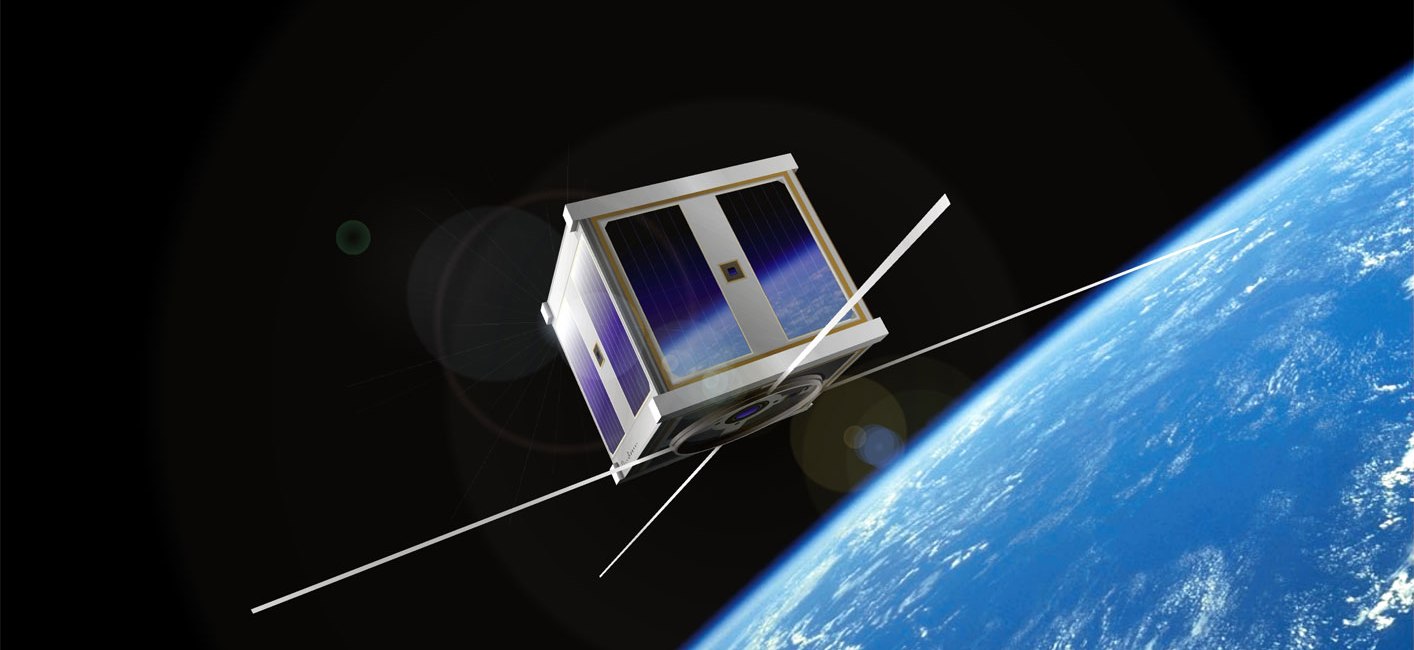
Another theory even says that the dark streaks could be composed of microbes. It may seem unlikely, although microbes have been found at similar heights in Earth’s atmosphere, in a region beginning around 31 miles (50 kilometers) in altitude and extending several miles outward, where temperatures range from 86º F to 158º F (30º C to 70º C) and the pressure is similar to that on Earth’s surface.
“CUVE is a targeted mission, with a dedicated science payload and a compact bus to maximize flight opportunities such as a ride-share with another mission to Venus or to a different target,” Cottini said. “CUVE would complement past, current, and future Venus missions and provide great science return at lower cost.”
It was also reported earlier this year that NASA is studying the possibility of a new joint mission with Russia to return to Venus, called Venera-D. This mission would consist of both an orbiter, and a lander which could last longer than previous probes in the intense heat and high pressure on the surface.
Be sure to “LIKE” AmericaSpace on Facebook and follow us on Instagram & Twitter!
SaveSave




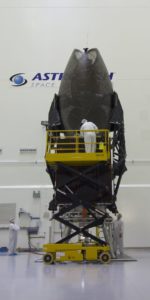

By all means, let’s partner with the Russians to do a follow-up lander mission. The scientific comunity will greatly benefit from comparative surface data from Venus, Mars, Titan and the moon. While we’re at it, let’s put a lander on Mercury and complete surface studies of all the inner rocky planets. Why not?